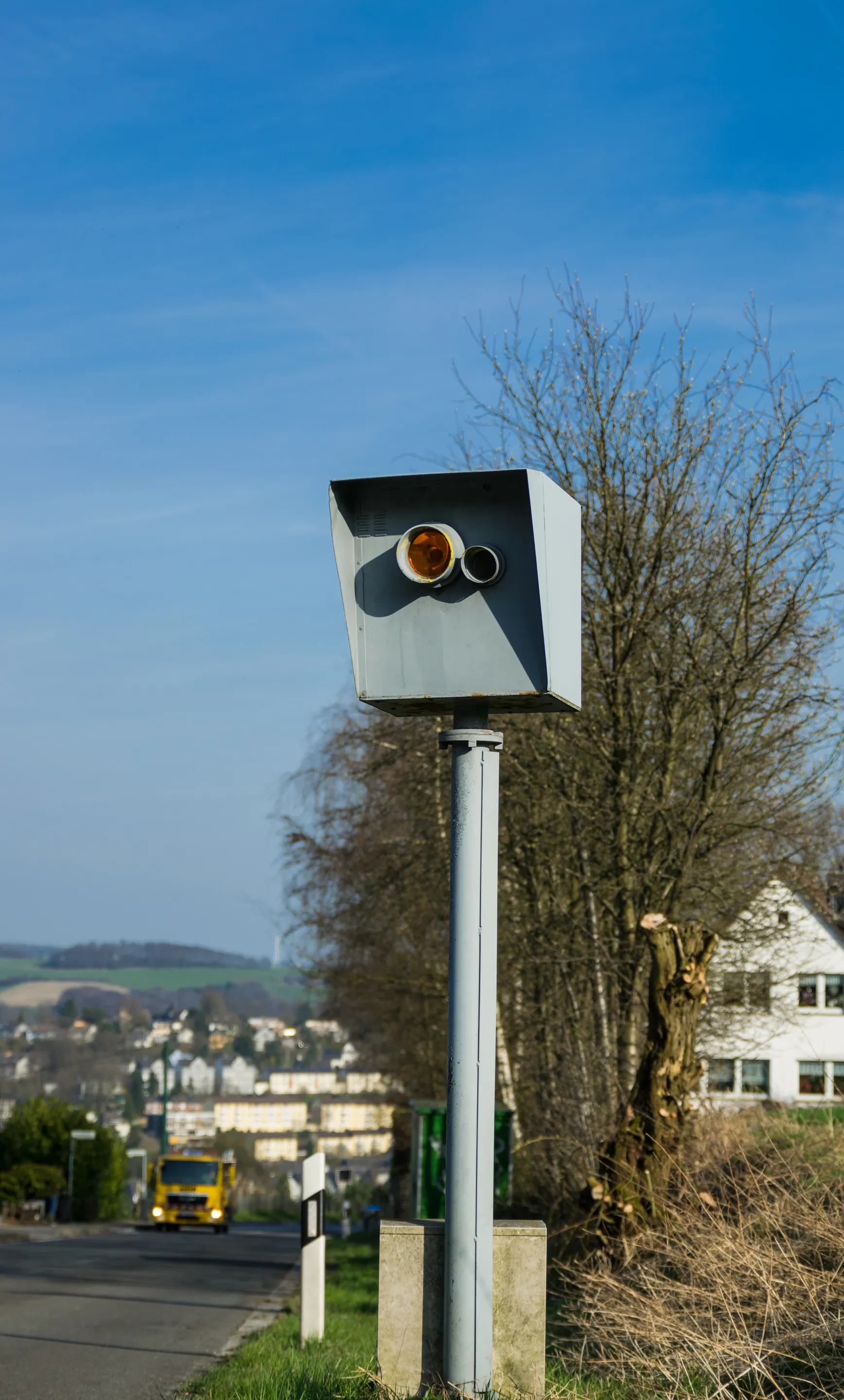Road safety levels continue to deteriorate in Morocco, despite a series of policies introduced by the government and a tougher process of enforcement. The country has a human population of 32 million, along with 2.7 million registered vehicles and last year saw 15,000 people severely injured in road accidents, leaving them with long term disabilities.
August 8, 2012
Read time: 1 min
Road safety levels continue to deteriorate in Morocco, despite a series of policies introduced by the government and a tougher process of enforcement. The country has a human population of 32 million, along with 2.7 million registered vehicles and last year saw 15,000 people severely injured in road accidents, leaving them with long term disabilities. The Moroccan Government has been working on improving road safety but the growing vehicle population is providing a severe test, with casualties continuing to climb. The country introduced its new highway code in 2010, as part of the 10-year road safety plan that commenced in 2004. The aim of the 2004 road safety policy was to reduce the number of deaths and serious injuries by 5%/year. The fatal accident rate has risen 50% since 1996 when there were 2,807 road deaths. The probability of getting killed in a road accident has risen from 5.77% in 2010 to 6.29% in 2011. With 1,508 deaths in 2011, cars are in first place in terms of user category. This is followed by pedestrians (1,141), motorbikes (923) and trucks (255).







